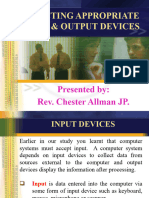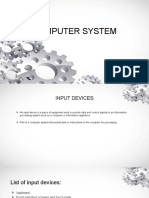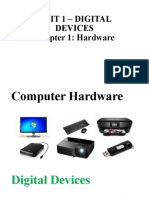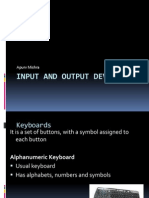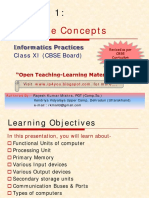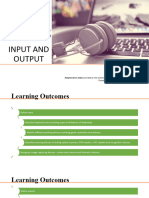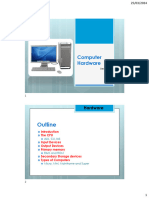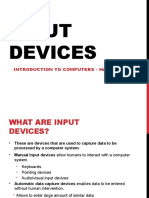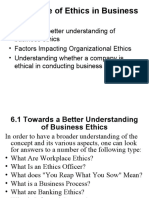0% found this document useful (0 votes)
63 views5 pagesAlternative Input Devices Include
The document discusses various input and output devices used in computing including microphones, scanners, bar code readers, monitors, printers, speakers and storage devices. It describes the functions of different types of monitors like LCD and CRT displays, as well as printer technologies like inkjet, thermal wax and photo printers. Examples of storage devices mentioned are hard disks, flash drives, CDs, DVDs and how they are used to save software and data for future use when power is turned off.
Uploaded by
helalahmed777Copyright
© © All Rights Reserved
We take content rights seriously. If you suspect this is your content, claim it here.
Available Formats
Download as DOCX, PDF, TXT or read online on Scribd
0% found this document useful (0 votes)
63 views5 pagesAlternative Input Devices Include
The document discusses various input and output devices used in computing including microphones, scanners, bar code readers, monitors, printers, speakers and storage devices. It describes the functions of different types of monitors like LCD and CRT displays, as well as printer technologies like inkjet, thermal wax and photo printers. Examples of storage devices mentioned are hard disks, flash drives, CDs, DVDs and how they are used to save software and data for future use when power is turned off.
Uploaded by
helalahmed777Copyright
© © All Rights Reserved
We take content rights seriously. If you suspect this is your content, claim it here.
Available Formats
Download as DOCX, PDF, TXT or read online on Scribd
/ 5



